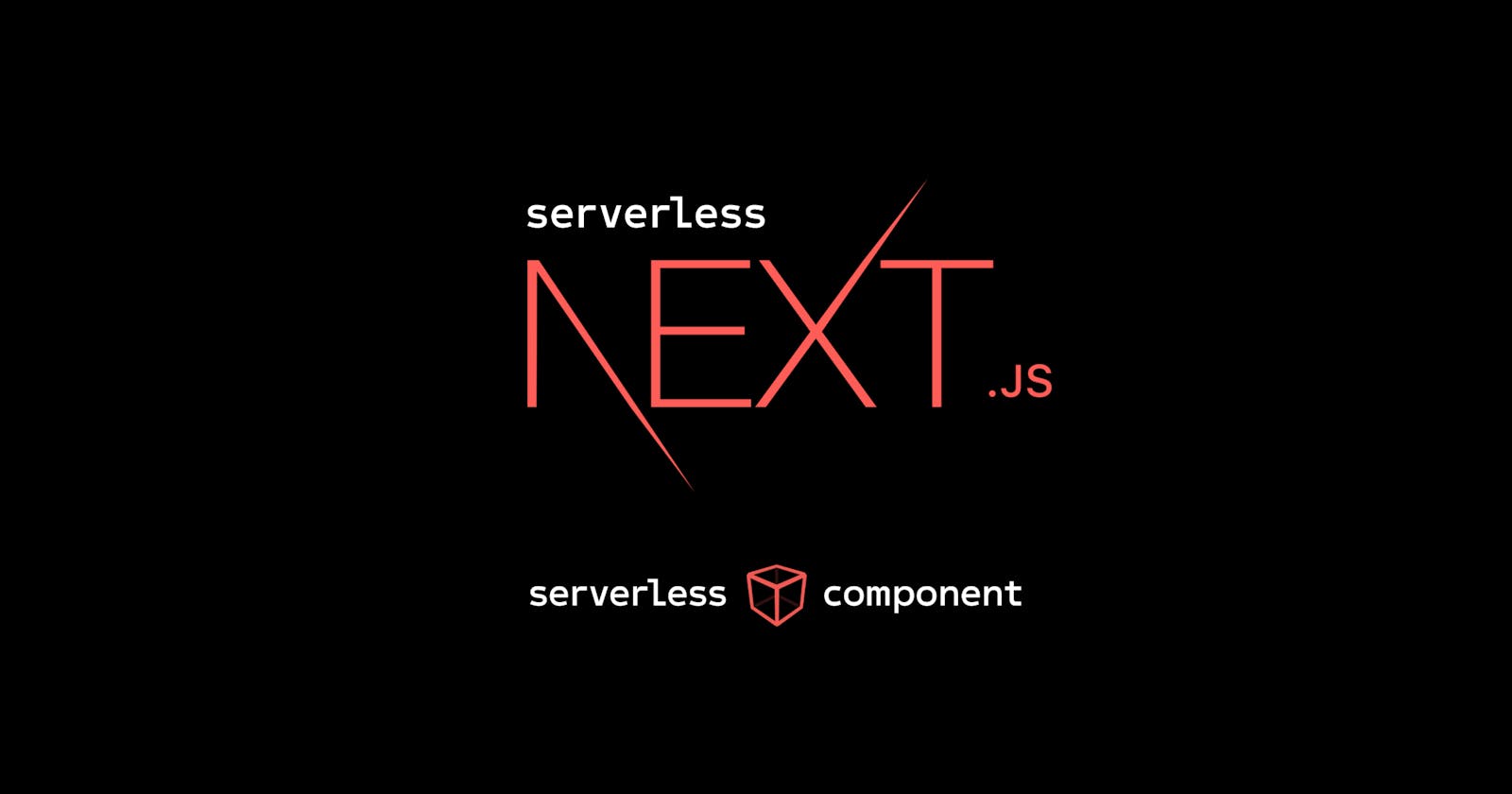Unlocking the Power of Server Components in Next.js
In the realm of web development, efficiency and performance are paramount. With the evolution of frameworks and libraries, developers constantly seek innovative solutions to streamline processes and enhance user experiences. Enter Next.js server components, a game-changer in fetching data and building dynamic applications.
Understanding the Transition
To appreciate the significance of server components, let's first delve into the foundation laid by client components in Next.js. These components, while effective, operate within the confines of traditional React applications. They rely heavily on hooks like useEffect for data fetching, which can sometimes lead to convoluted logic and performance bottlenecks.
In contrast, server components in Next.js offer a breath of fresh air. By embracing an asynchronous setup, developers can craft logic seamlessly without the need for intricate hook dependencies. This shift simplifies code structure and enhances readability, fostering a more intuitive development experience.
Flexibility at Your Fingertips
One of the standout features of server components lies in their flexibility. Developers are no longer bound to a single fetching method; they have the freedom to choose between fetch or Axios, depending on their preferences and project requirements. This versatility empowers developers to leverage their preferred libraries, streamlining development workflows and promoting code consistency.
Moreover, server components open doors to expansive possibilities beyond basic data retrieval. With built-in support for database connections, developers can orchestrate complex data operations effortlessly. Whether it's fetching user profiles or querying product catalogs, server components pave the way for dynamic, data-driven applications.
Elevating Performance
In the realm of web development, performance is king. Server components in Next.js take performance optimization to new heights by fetching data on the server side. This strategic approach minimizes dependency on the user's internet connection, resulting in faster loading times and a smoother browsing experience.
By handling data retrieval at the server level, Next.js server components reduce the number of requests initiated by the user's browser. This not only enhances performance but also alleviates network congestion, particularly in high-traffic scenarios. As a result, users can navigate seamlessly through applications, unencumbered by sluggish loading times.
Empowering Innovation
With the advent of server components, developers are liberated from the constraints of traditional client-side architectures. Armed with robust data-fetching capabilities and seamless database integration, Next.js server components empower developers to innovate without limitations.
Whether it's building intricate dashboards or crafting immersive multimedia experiences, server components provide a solid foundation for pushing the boundaries of web development. With Next.js as their toolkit, developers can embark on ambitious projects with confidence, knowing that they have the tools to bring their visions to life.
Conclusion: Embracing the Future
In conclusion, server components represent a paradigm shift in web development, ushering in a new era of efficiency and performance. By harnessing the power of Next.js, developers can elevate their projects to new heights, delivering dynamic and engaging experiences to users worldwide.
As we embrace the future of web development, let us continue to explore the possibilities offered by server components. With innovation as our compass and Next.js as our guide, the journey ahead is boundless.



Post a Comment
0Comments